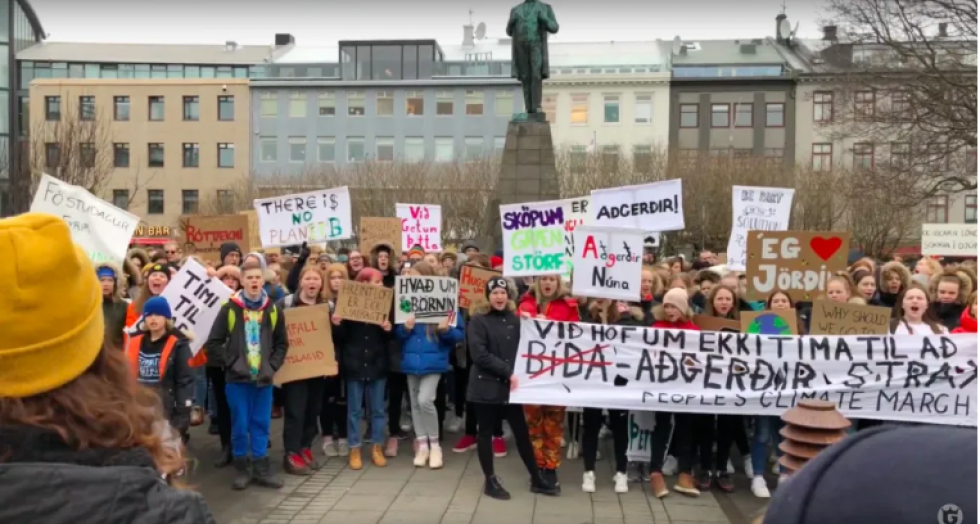 There are a number of important factors to consider when comparing PRT, public transit and automobile costs, and therefore when comparing the cost-efficiency of roadway versus transit investments. (Commentary by Todd Litman of Victoria Transport Policy Institute on some of the figures raised in the discussions of PRT vs. cars and public transport.)
There are a number of important factors to consider when comparing PRT, public transit and automobile costs, and therefore when comparing the cost-efficiency of roadway versus transit investments. (Commentary by Todd Litman of Victoria Transport Policy Institute on some of the figures raised in the discussions of PRT vs. cars and public transport.)
* Automobiles require a vehicle, road space and parking facilities at every
destination. Rail transit and BRT systems include all of these cost
components (rights-of-way, vehicles and stations).
* Motor vehicles only serve the portion of travelers who can afford them and
are able to drive or hire a driver.
* A large portion of automobile travel consists of chauffeured trips (a
special trip made by a driver to deliver a passenger) and so generates an
empty backhaul. Such trips generate one wasted vehicle-km per passenger-km
of travel.
* Expanding urban roadways often simply shifts the location of traffic
congestion. For example, building an urban highway or flyover tends to
increase total traffic volumes, which increases congestion on surface
streets.
* Automobile travel is very resource intensive, requiring 10-100 times as
much land area for roads and parking, and 10-1,000 times as much
non-renewable energy, as the same trips made by walking, cycling and public
transport (www.planetizen.com/node/46570 ). Most road and parking costs are
subsidized (borne through general taxes and businesses), resulting in
regressive subsidies of wealthier people at the expense of poorer people.
* A typical car is only operated one or two daily hours, compared with 14-18
for a typical bus. A typical car lasts 10-15 years, a typical bus or train
15-40 years. Buses and trains are therefore much more efficiently used
assets.
Comparing Bus and PRT
There are also additional factors that should be considered when comparing
bus and PRT. PRT systems require passengers to travel in enclosed “pods”
with strangers, which creates insecurity problems. They often require
passengers to walk up several flights of stairs to boarding platforms, which
requires extra time and effort, and elevators at each station to accommodate
people with disabilities and luggage, which increases financial and energy
costs, costs often seem overlooked in project analysis. As a result, their
demand is probably lower and their costs probably higher than proponents
project.
For illustrations of PRT systems, and other “advanced” transport, visit
http://faculty.washington.edu/jbs/itrans/whatsnew.htm . They all look great
in the drawings, but think about what it would actually be like to travel in
a little pod in hot weather after a few years when the plastic is scratched
and cracked, the interior is worn and damaged by vandals, and it smells of
previous passengers’ body odor. I think there are good reasons to be
skeptical about these systems. I suspect that improving walking, cycling and
public transit, and increasing the supply of affordable housing along major
transit corridors, will be far more cost effective investments overall.
This is not to suggest that cities should invest nothing to accommodate
automobile transport, nor that BRT is the only solution to urban transport
problems, but all of these factors should be considered when evaluating and
comparing options, and determining how they should be financed. In general,
efficiency and equity require that automobile users be charged the full
costs for the roads, parking facilities and fuel they consume, while there
are good reasons for society to subsidize some public transit costs, and
where there are conflicts (such as limited road space), favor public transit
over automobile travel, since it is more efficient and equitable.
For more information on these issues see:
Todd Litman (2006), “Smart Congestion Reductions II: Reevaluating The Role
Of Public Transit For Improving Urban Transportation,” VTPI (www.vtpi.org);
at http://www.vtpi.org/cong_reliefII.pdf .
Todd Litman (2007), “Evaluating Rail Transit Criticism,” Victoria Transport
Policy Institute (www.vtpi.org); at http://www.vtpi.org/railcrit.pdf .
Todd Litman (2009), “Evaluating Public Transit Benefits and Costs,” VTPI
(www.vtpi.org); at http://www.vtpi.org/tranben.pdf . This includes sections on
comparing automobile and transit, and comparing bus and rail.
Todd Litman (2010), “Raise My Taxes, Please! Evaluating Household Savings
>From High Quality Public Transit Service,” VTPI (www.vtpi.org); at
http://www.vtpi.org/raisetaxes.pdf .
Todd Litman (2010), “The Selfish Automobile,” Planetizen
(www.planetizen.com); at http://www.planetizen.com/node/46570 .
# # #
About the author:
Todd Litman is founder and executive director of the Victoria Transport Policy  Institute, an independent research organization dedicated to developing innovative solutions to transport problems. His work helps to expand the range of impacts and options considered in transportation decision-making, improve evaluation techniques, and make specialized technical concepts accessible to a larger audience. He can be reached at: 1250 Rudlin Street, Victoria, BC, V8V 3R7, Canada. Email: litman@vtpi.org.
Institute, an independent research organization dedicated to developing innovative solutions to transport problems. His work helps to expand the range of impacts and options considered in transportation decision-making, improve evaluation techniques, and make specialized technical concepts accessible to a larger audience. He can be reached at: 1250 Rudlin Street, Victoria, BC, V8V 3R7, Canada. Email: litman@vtpi.org.

You obviously are badly informed!
did you see the pictures of stations of prt-systems?
In the heathrow system there are no stairs or elevators needed!
an elevator in a elevated prt-station is less expensive then putting one in a metrostation!
because in a elevated metrostation you have to install at least 2! one for each direction!
in a prt station you have onle ONE platform!
in a pod you chouse with who you sit together! in a bus or metro you don’t!
pod’s are little? how big is a car?
pod’s are dirty? you think they are not cleaned now and then? it’s faster to clean a pod than cleaning a whole bus and put it back in use!
The notion that society should “favor public transit over automobile travel, since it is more efficient and equitable” got me thinking about the general issue of technological alternatives for personal use vs. shared use:
cars vs. public transit
private jets vs. airliners
private railway cars vs. sleeping compartments vs. coach cars
personal microcomputers vs. large centralized computers
cellular mobile phones vs. public telephones
single family homes vs. apartment buildings
private bed rooms vs. common sleeping rooms
private bathrooms vs. communal bathrooms
watching sports on TV vs. watching sports at the stadium [private box vs. grandstand]
backyard garden vs. produce section of supermarket
More wealth tends to lead toward less societally efficient, more private options? Also, the forces of the market and technology combined push toward personalized, private options at more affordable prices.
Kudos to Todd for his fine contributions to non-PRT segments of sustainable transportation.
As far as PRT, Todd was interviewed for a 2009 article on PRT, but the Boston Globe writer found Todd’s objections invalid, hence: a) there are no quotes by Todd in the article and b) the writer dismisses a group of stale objections: http://tinyurl.com/yeu5uez
I agree that Todd’s imagined version of PRT would be very undesirable: hot, poorly maintained, smelly, vandalized, not-cost-effective.
(See:
http://en.wikipedia.org/wiki/Straw_man ). In the real world, there are three established PRT vendors with customers ULTra PRT, 2getthere, and Vectus. These systems would not have customers if they have any of Todd’s imagined PRT characteristics. None of these systems competes with BRT.
Pingback: How Does Personal Rapid Transit (PRT) Compare to Pubic Transit? « Pollution Free Cities